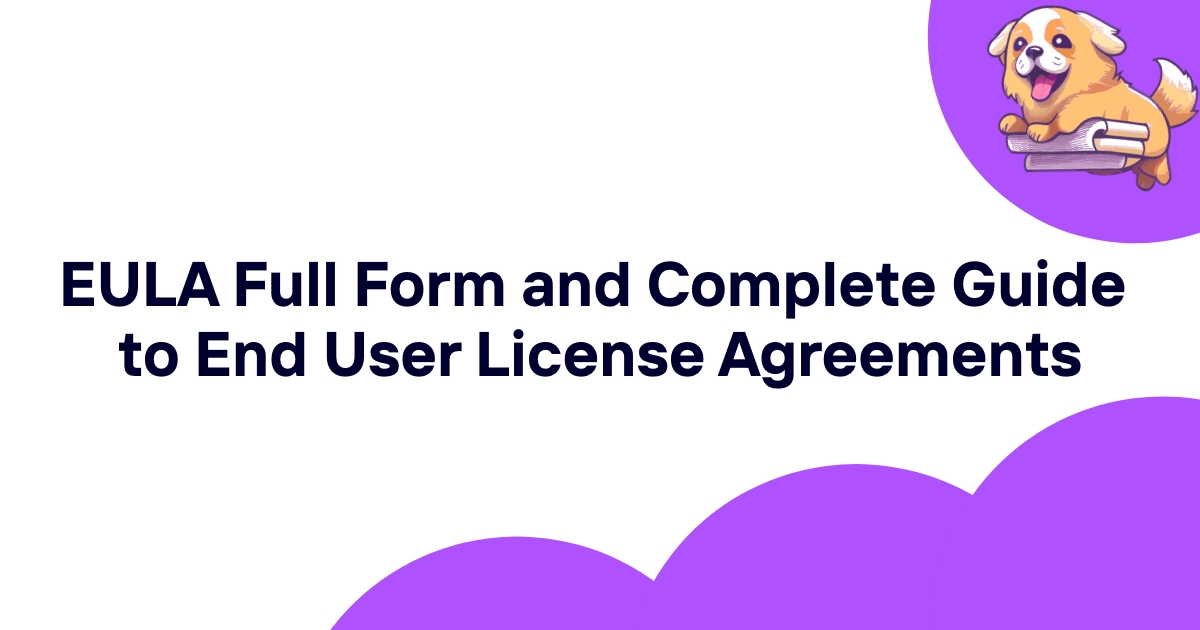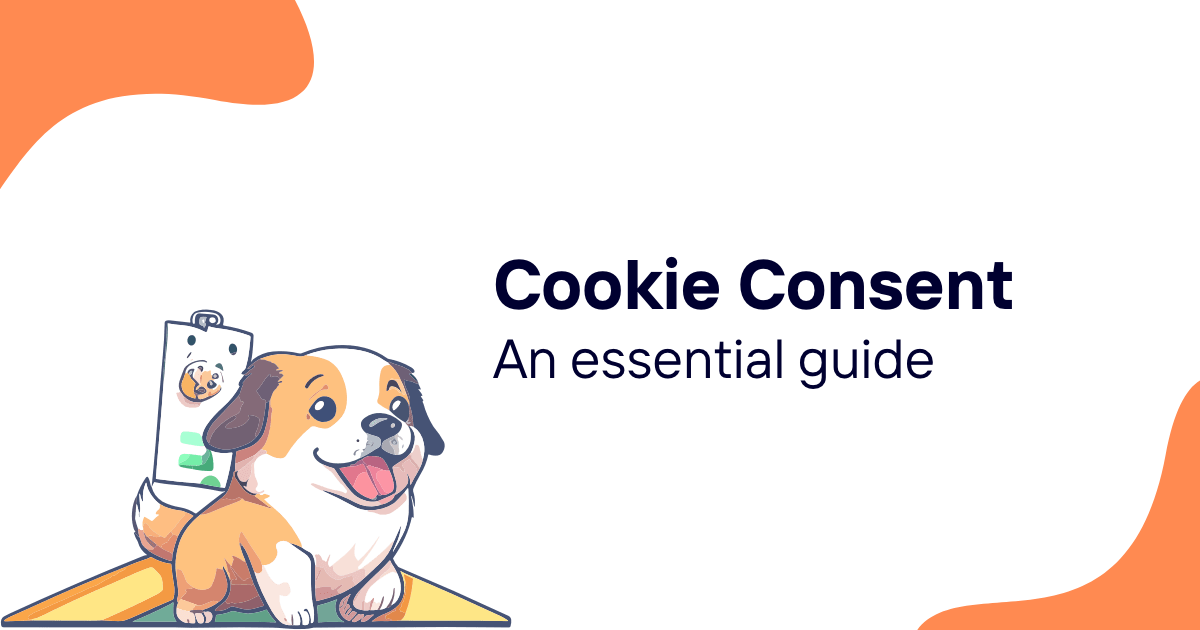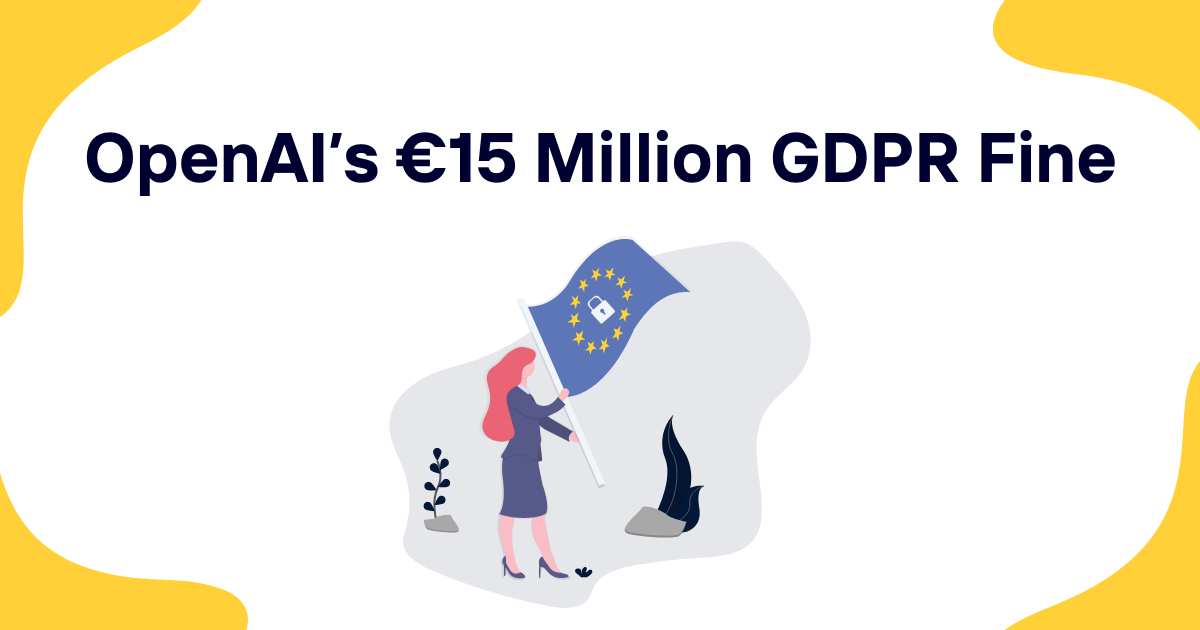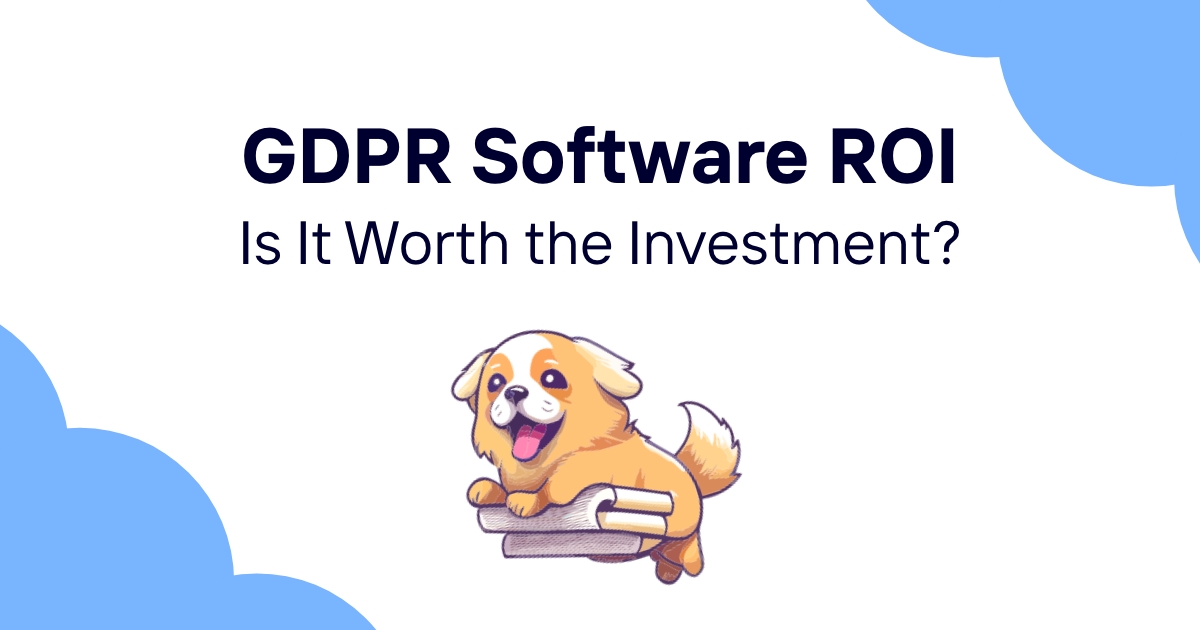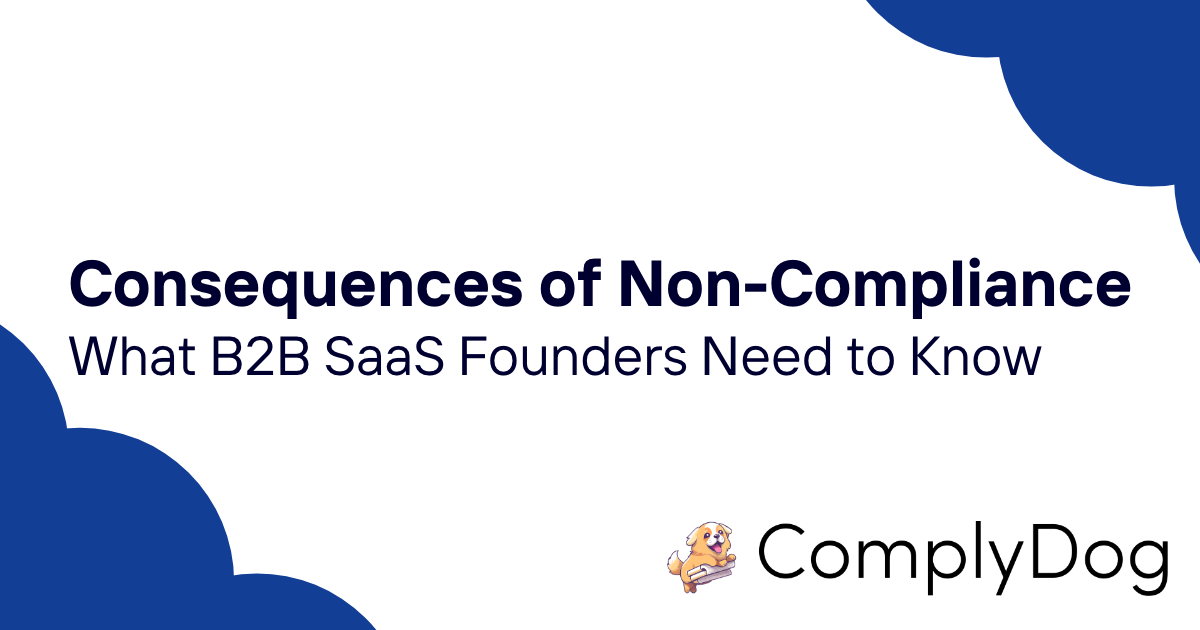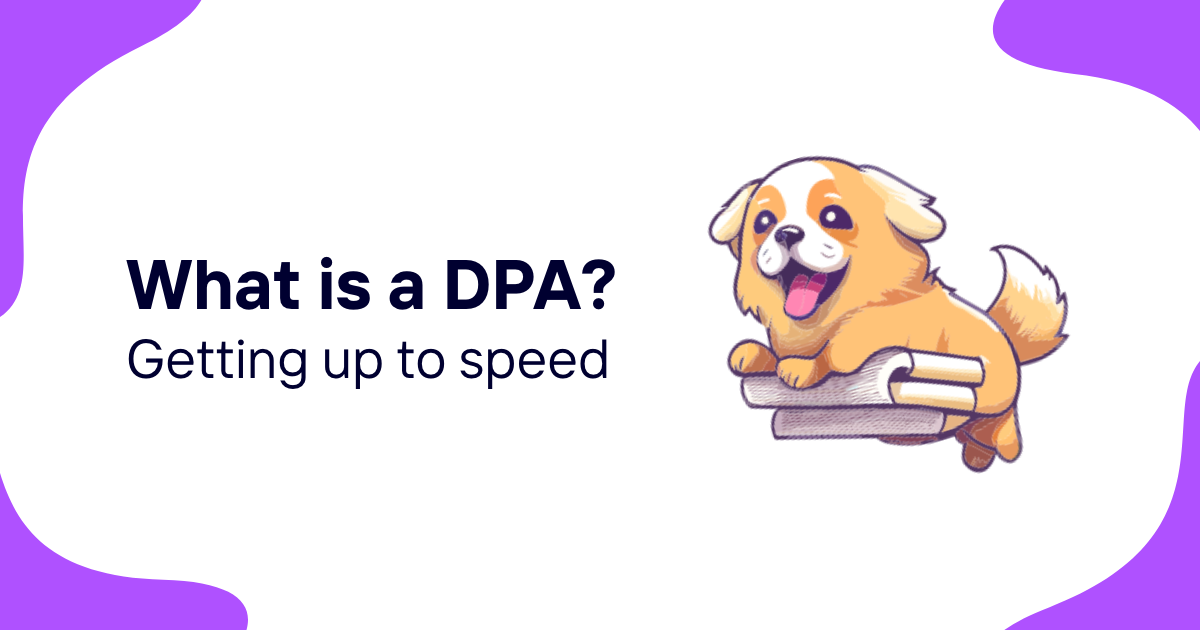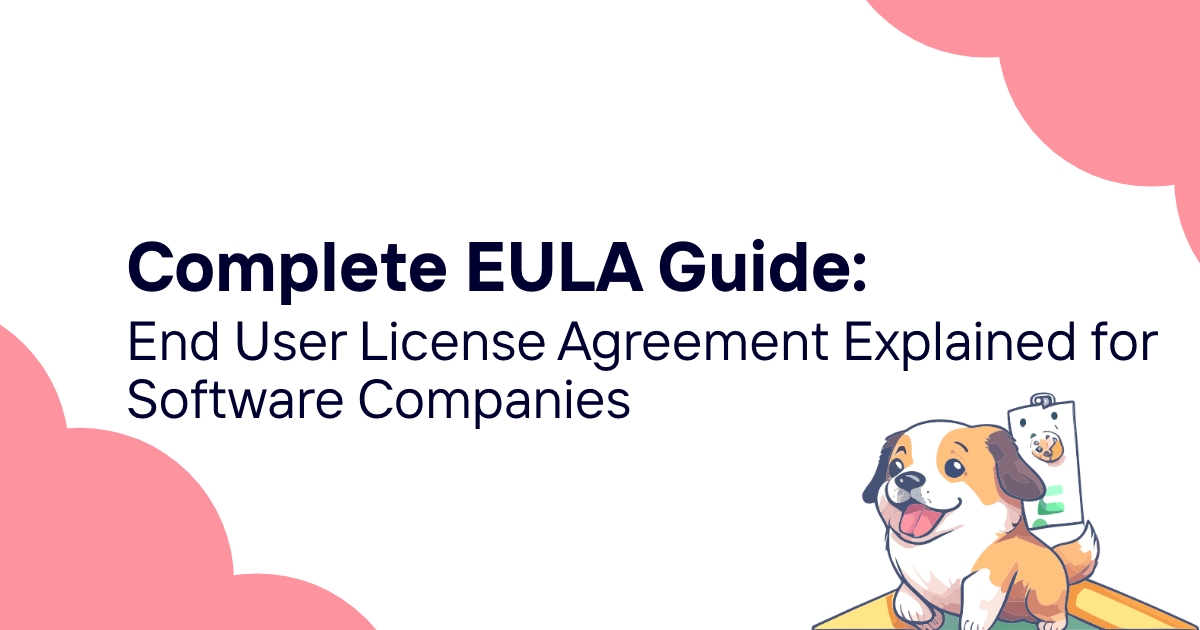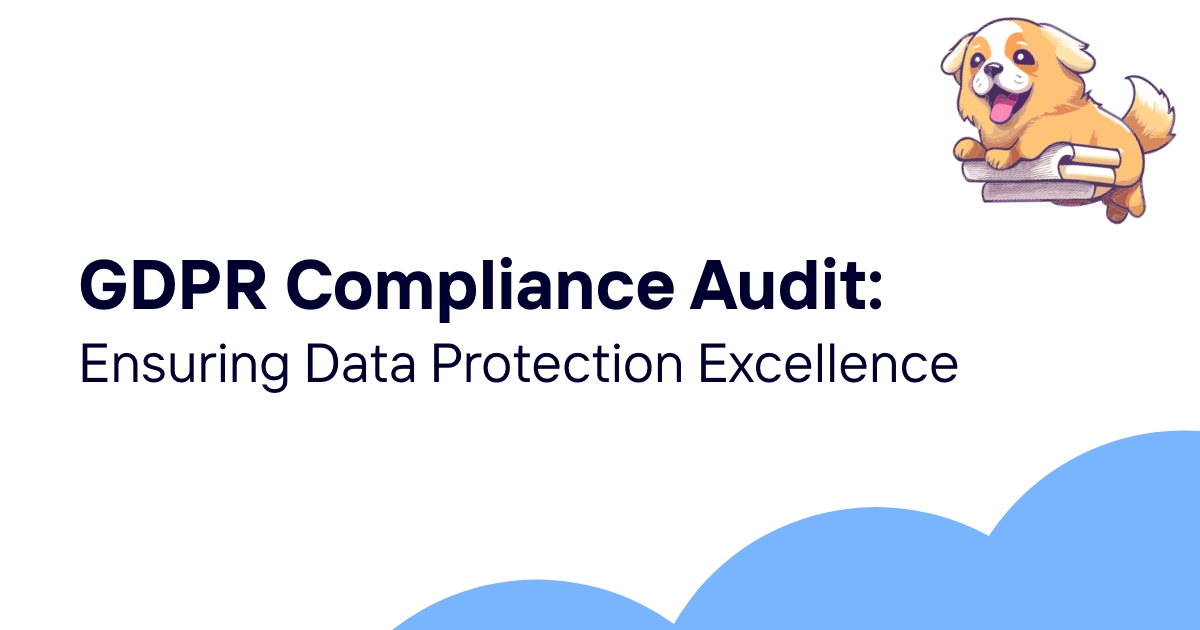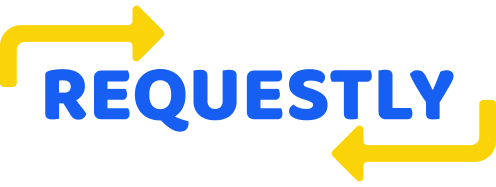EULA stands for End User License Agreement – a legal contract that governs how people can use software products. Understanding what EULA means and how these agreements work is essential for software companies looking to protect their intellectual property while providing clear guidelines for users.
This comprehensive guide explains everything you need to know about EULAs, from basic definitions to practical implementation strategies. Whether you're creating your first software license agreement or reviewing existing terms, this guide provides the foundation for effective user licensing.
EULA Full Form: End User License Agreement Explained
The EULA full form – End User License Agreement – describes a specific type of legal contract between software creators and the people who use their products. Understanding each component of this definition helps clarify what EULAs accomplish and why they matter.
Breaking Down the EULA Definition
Each part of the EULA full form serves a specific purpose in defining the legal relationship:
End User: The person or organization that will actually use the software, as opposed to distributors, resellers, or other intermediaries in the software supply chain.
License: A legal permission to use software under specific conditions, rather than transferring ownership of the software itself.
Agreement: A binding contract that establishes mutual obligations and protections for both the software provider and the user.
EULA vs Software Ownership
EULAs create licensing relationships rather than ownership transfers, which provides important protections for software companies:
Retained Ownership: Software companies maintain ownership of their code, algorithms, and intellectual property even after users pay for access.
Controlled Usage: EULAs allow software companies to specify exactly how their products can be used and what restrictions apply.
Protection Mechanisms: License agreements provide legal tools for protecting software from unauthorized copying, modification, or redistribution.
Revenue Models: Licensing enables various business models including subscriptions, usage-based pricing, and feature restrictions.
Common EULA Misconceptions
Many people misunderstand what EULAs accomplish and how they work:
Purchase vs License: Buying software doesn't transfer ownership – it grants a license to use the software under specific terms.
Perpetual Usage: Even "lifetime" licenses typically include restrictions and can be terminated for violations.
Modification Rights: Users generally cannot modify licensed software without explicit permission, even if they can access the code.
Redistribution Limits: Licensed software usually cannot be shared, resold, or redistributed without specific authorization.
Legal Foundation and Enforceability
EULAs derive their legal authority from contract law and intellectual property protection:
Contract Law: EULAs are legally binding contracts that courts generally enforce when properly constructed and presented.
Copyright Protection: Software copyright law provides the foundation for licensing restrictions and usage controls.
Terms of Service Integration: EULAs often work alongside terms of service and privacy policies to create comprehensive user agreements.
International Variations: EULA enforceability varies between jurisdictions, requiring careful consideration for global software distribution.
Purpose and Importance of EULAs
EULAs serve multiple critical functions that protect software companies while providing clarity and structure for user relationships.
Intellectual Property Protection
EULAs provide essential protections for software intellectual property:
Code Protection: License agreements prevent unauthorized copying, modification, or reverse engineering of proprietary software code.
Algorithm Security: EULAs protect valuable algorithms and business logic from competitors and unauthorized users.
Trade Secret Preservation: License restrictions help maintain trade secret status for proprietary software components.
Brand Protection: EULAs prevent unauthorized use of company names, logos, and trademarks associated with software products.
Liability Limitation and Risk Management
Well-crafted EULAs help manage legal and financial risks associated with software distribution:
Warranty Disclaimers: EULAs typically disclaim warranties about software performance, fitness for purpose, and error-free operation.
Liability Caps: License agreements often limit company liability for damages that might result from software use or malfunction.
Indemnification Protection: EULAs may protect software companies from liability for user misuse or unauthorized modifications.
Force Majeure Provisions: License agreements can include protections for circumstances beyond company control that affect software availability.
Usage Control and Compliance
EULAs establish clear boundaries for acceptable software use:
Installation Limits: License agreements specify how many computers or devices can run the software simultaneously.
User Restrictions: EULAs define who can use the software and under what circumstances sharing is permitted.
Geographic Limitations: Some licenses restrict software use to specific countries or regions based on legal or business requirements.
Commercial vs Personal Use: Many EULAs distinguish between personal and commercial use with different terms and pricing.
Business Model Support
EULAs enable various software business models and pricing strategies:
Subscription Services: License agreements support recurring payment models and service-based software delivery.
Feature Restrictions: EULAs enable tiered pricing with different features available at different license levels.
Usage Monitoring: License terms may permit monitoring software usage for billing, compliance, or optimization purposes.
Upgrade Pathways: EULAs can establish clear paths for users to upgrade to more comprehensive license levels.
EULA vs Other Legal Documents
Understanding how EULAs differ from other legal documents helps ensure appropriate usage and comprehensive legal protection.
EULA vs Terms of Service
While both are legal agreements, EULAs and Terms of Service serve different purposes:
Software vs Service Focus: EULAs govern software product usage, while Terms of Service typically govern website or online service usage.
Intellectual Property Emphasis: EULAs focus heavily on protecting software intellectual property, while Terms of Service address service availability and user behavior.
Installation vs Access: EULAs typically apply when software is installed or downloaded, while Terms of Service apply when accessing online services.
Duration Differences: EULAs often remain in effect for the life of the software installation, while Terms of Service may change more frequently.
EULA vs Privacy Policy
EULAs and privacy policies address different aspects of user relationships:
Data vs Software Focus: Privacy policies explain how personal data is handled, while EULAs govern software usage rights and restrictions.
Regulatory Requirements: Privacy policies must comply with data protection laws like GDPR, while EULAs primarily address copyright and contract law.
User Rights: Privacy policies explain individual rights regarding personal data, while EULAs establish usage permissions and restrictions.
Transparency vs Protection: Privacy policies emphasize transparency about data practices, while EULAs emphasize protecting company intellectual property.
EULA vs Software License Agreements
EULAs are a specific type of software license agreement with particular characteristics:
End User Focus: EULAs specifically target end users rather than distributors, resellers, or business partners.
Standardized Terms: EULAs typically use standardized language for mass distribution, while custom license agreements may have negotiated terms.
Acceptance Mechanisms: EULAs usually rely on clickthrough or installation-based acceptance, while other licenses may require signed contracts.
Complexity Levels: EULAs are generally designed for non-technical users, while other software licenses may include complex technical specifications.
Integration with Other Documents
EULAs work best when properly integrated with other legal documents:
Policy Coordination: EULAs should reference and coordinate with privacy policies, terms of service, and other user agreements.
Consistent Language: All user-facing legal documents should use consistent terminology and avoid conflicting requirements.
Clear Hierarchy: When multiple documents apply, clear precedence rules help resolve potential conflicts.
Update Coordination: Changes to EULAs should consider impacts on related documents and overall legal framework.
As discussed in our cookie checker tool guide, software companies often need multiple types of legal documentation to address different aspects of user relationships and compliance requirements.
Key EULA Components and Clauses
Effective EULAs must include specific components that address legal requirements while supporting business objectives and user understanding.
Grant of License Section
The license grant forms the core of any EULA by defining what users can do:
Scope Definition: Clear specification of what software components are covered by the license agreement.
Usage Rights: Detailed description of permitted uses including installation, operation, and basic functionality access.
User Categories: Distinction between individual users, commercial users, educational users, or other relevant categories.
Geographic Scope: Any territorial restrictions on where the software can be used or accessed.
Duration Specification: Whether the license is perpetual, subscription-based, or limited to specific time periods.
Transfer Rights: Rules governing whether licenses can be transferred to other users or organizations.
Restrictions and Prohibitions
Clear restrictions help protect intellectual property and prevent misuse:
Reverse Engineering Limits: Prohibitions against decompiling, disassembling, or reverse engineering software code.
Modification Restrictions: Rules preventing unauthorized changes to software functionality or appearance.
Distribution Prohibitions: Restrictions on sharing, selling, or redistributing software to other parties.
Commercial Use Limits: Distinctions between personal and commercial use with appropriate restrictions.
Competitive Use Restrictions: Prohibitions against using software to develop competing products or services.
Security Circumvention: Restrictions against bypassing software security measures or copy protection.
Intellectual Property Rights
Strong intellectual property clauses protect company assets:
Ownership Declarations: Clear statements that the software company retains ownership of all intellectual property.
Copyright Notices: Requirements for maintaining copyright notices and intellectual property attributions.
Trademark Usage: Rules governing use of company names, logos, and trademarks in connection with the software.
Trade Secret Protection: Obligations to maintain confidentiality of proprietary algorithms and business logic.
Third-Party Rights: Acknowledgment of third-party intellectual property incorporated into the software.
Warranty and Liability Provisions
Risk management clauses protect companies while setting appropriate expectations:
Warranty Disclaimers: Clear statements about what warranties are and aren't provided with the software.
Limitation of Liability: Caps on company liability for damages that might result from software use or malfunction.
Indemnification Terms: Provisions protecting companies from liability for user misuse or unauthorized modifications.
Force Majeure Clauses: Protection for circumstances beyond company control that affect software availability or performance.
Remedy Limitations: Specification of available remedies for software defects or performance issues.
Termination and Consequences
Clear termination provisions protect both parties and establish consequences for violations:
Termination Triggers: Specific circumstances that allow either party to end the license agreement.
Notice Requirements: Procedures for providing termination notice and opportunities to cure violations.
Effect of Termination: Clear explanation of what happens when licenses end, including data access and software removal obligations.
Survival Clauses: Identification of license terms that continue beyond termination.
Remedy Rights: Available remedies for license violations including monetary damages and injunctive relief.
Industry-Specific EULA Requirements
Different industries face unique regulatory requirements and business considerations that affect EULA content and structure.
Healthcare Software EULAs
Healthcare applications must address additional regulatory and privacy requirements:
HIPAA Compliance: Specific provisions addressing protected health information handling and privacy requirements.
Medical Device Regulations: Additional restrictions and disclaimers when software qualifies as medical devices under FDA or other regulatory frameworks.
Patient Safety Considerations: Enhanced liability limitations and usage restrictions to protect patient safety and clinical decision-making.
Data Security Requirements: Stronger security obligations and breach notification procedures for healthcare data.
Professional Liability: Disclaimers regarding medical advice and professional responsibility for clinical decisions.
Financial Software EULAs
Financial applications require specialized provisions for regulatory compliance:
Financial Privacy Laws: Compliance with banking privacy regulations and financial data protection requirements.
Investment Advice Disclaimers: Clear statements about whether software provides investment advice and associated responsibilities.
Regulatory Compliance: Acknowledgment of various financial regulations that may apply to software use.
Data Accuracy Limitations: Disclaimers regarding financial data accuracy and real-time market information.
Fiduciary Duty Considerations: Clarifications about fiduciary relationships and professional responsibilities.
Educational Software EULAs
Educational technology requires special consideration for student privacy and institutional needs:
FERPA Compliance: Provisions addressing student educational records privacy and institutional obligations.
Age-Appropriate Usage: Special considerations for software used by minors and parental consent requirements.
Institutional Licensing: Terms appropriate for educational institutions with multiple users and administrative oversight.
Academic Use Restrictions: Limitations on commercial use while preserving educational and research applications.
Data Ownership: Clear rules about ownership of student work and institutional data created through software use.
Enterprise Software EULAs
Business-focused software requires provisions for complex organizational environments:
Multi-User Environments: License terms that address multiple users within single organizations.
Administrative Controls: Provisions enabling organizational administrators to manage user access and compliance.
Data Governance: Terms supporting enterprise data governance and compliance requirements.
Integration Rights: Permissions for integrating software with other business systems and applications.
Compliance Reporting: Obligations and rights regarding compliance monitoring and usage reporting.
As outlined in our GDPR compliance software guide, specialized software categories often require additional privacy and compliance considerations beyond standard EULA provisions.
Creating Effective EULA Language
Writing clear, enforceable EULAs requires balancing legal protection with user comprehension and business practicality.
Plain Language Principles
Effective EULAs communicate clearly without sacrificing legal precision:
Readable Vocabulary: Use common words and avoid unnecessary legal jargon that confuses typical users.
Clear Sentence Structure: Write in active voice with straightforward sentence construction that enhances understanding.
Logical Organization: Arrange content in logical order that matches user priorities and typical concerns.
Consistent Terminology: Use the same terms throughout the document to avoid confusion about meanings and scope.
Practical Examples: Include examples that help users understand how abstract legal concepts apply to real situations.
User-Friendly Formatting
Document structure and presentation significantly affect user comprehension:
Clear Headings: Use descriptive section headings that help users quickly find relevant information.
Numbered Sections: Organize content with clear numbering systems that enable easy reference and navigation.
Bullet Points: Use lists and bullet points to break up dense text and highlight important restrictions or permissions.
Emphasis Techniques: Use bold text, italics, or other formatting to draw attention to critical terms without overwhelming the document.
Reasonable Length: Balance comprehensive coverage with reasonable document length that doesn't discourage reading.
Legal Precision and Enforceability
Effective language must be legally sound while remaining accessible:
Specific Terms: Use precise language that clearly defines rights, obligations, and restrictions without ambiguity.
Complete Coverage: Address all important legal issues while avoiding unnecessary complexity or redundancy.
Enforceable Provisions: Ensure terms are legally enforceable in relevant jurisdictions and business contexts.
Update Mechanisms: Include clear procedures for updating EULA terms and notifying users of changes.
Jurisdiction Specification: Clearly identify governing law and dispute resolution procedures.
Common Language Pitfalls
Avoid common mistakes that reduce EULA effectiveness:
Overly Broad Restrictions: Avoid restrictions so broad they're unenforceable or discourage legitimate software use.
Ambiguous Terms: Eliminate language that could be interpreted multiple ways or create confusion about intended meaning.
Inconsistent Definitions: Ensure terms are defined consistently throughout the document and in related agreements.
Outdated Provisions: Remove or update language that doesn't reflect current business practices or legal requirements.
Conflicting Terms: Avoid internal contradictions that create uncertainty about actual rights and obligations.
EULA Enforcement and Legal Considerations
Understanding how EULAs are enforced and what makes them legally effective helps companies create stronger agreements and avoid common pitfalls.
Legal Enforceability Requirements
Courts evaluate EULA enforceability based on several key factors:
Reasonable Notice: Users must have adequate opportunity to review EULA terms before agreeing to them.
Clear Acceptance: The acceptance process must clearly indicate user agreement to the license terms.
Reasonable Terms: EULA provisions must be reasonable and not unconscionably one-sided in favor of the software company.
Consideration: There must be adequate consideration (value exchange) to support the contractual relationship.
Legal Capacity: Users must have legal capacity to enter into binding agreements.
Common Enforcement Challenges
Several factors can undermine EULA enforceability in legal proceedings:
Inadequate Presentation: EULAs that are difficult to access or review before acceptance may face enforceability challenges.
Unconscionable Terms: Extremely one-sided provisions that shock the conscience may be deemed unenforceable.
Procedural Issues: Problems with the acceptance process or notice provisions can undermine entire agreements.
Conflicting Laws: Some EULA terms may conflict with consumer protection laws or other regulations.
Changed Circumstances: Significant changes in technology or business models may affect the relevance of original EULA terms.
International Considerations
Global software distribution creates complex legal considerations:
Governing Law: Choice of law provisions must be reasonable and enforceable in relevant jurisdictions.
Consumer Protection: Different countries have varying consumer protection laws that may override certain EULA terms.
Translation Requirements: Some jurisdictions require local language translations for enforceability.
Cultural Considerations: Legal concepts and enforcement practices vary significantly between different legal systems.
Regulatory Compliance: EULAs must comply with local regulations including data protection, competition, and consumer rights laws.
Best Practices for Strong Enforcement
Several strategies enhance EULA enforceability and legal effectiveness:
Clear Presentation: Ensure EULAs are easily accessible and presented in user-friendly formats.
Reasonable Terms: Include only necessary restrictions and avoid overly broad or punitive provisions.
Regular Updates: Keep EULAs current with business practices and legal developments.
Professional Review: Have qualified attorneys review EULAs for enforceability and compliance issues.
Documentation: Maintain records of user acceptance and EULA versions for potential legal proceedings.
EULA Best Practices and Examples
Implementing EULA best practices helps create effective agreements that protect companies while supporting positive user relationships.
Template Development and Customization
Effective EULA development starts with appropriate templates and careful customization:
Industry-Appropriate Templates: Start with templates designed for your specific industry and software type.
Business Model Alignment: Customize templates to match your specific business model, pricing structure, and user relationships.
Feature-Specific Terms: Include provisions that address unique features and capabilities of your software.
Integration Considerations: Ensure EULA terms coordinate with other legal documents and business processes.
Regular Template Updates: Maintain current templates that reflect legal developments and business evolution.
User Experience Integration
EULAs should integrate seamlessly with overall user experience:
Installation Process Integration: Present EULAs at appropriate points in software installation or signup processes.
Accessible Storage: Provide easy ways for users to access EULA terms after initial acceptance.
Update Notifications: Clearly communicate EULA changes and provide reasonable notice periods.
Support Integration: Train customer support staff to answer common questions about EULA terms and restrictions.
Educational Resources: Provide supplementary materials that help users understand their rights and obligations.
Compliance Monitoring and Management
Ongoing EULA management ensures continued effectiveness:
Usage Monitoring: Implement appropriate monitoring to detect potential license violations while respecting user privacy.
Violation Response: Establish clear procedures for addressing license violations through education and enforcement.
Regular Audits: Periodically review EULA effectiveness and compliance with current business practices.
Legal Updates: Monitor legal developments that might affect EULA enforceability or required provisions.
Business Alignment: Ensure EULAs continue supporting business objectives as companies grow and evolve.
Success Metrics and Optimization
Measure EULA effectiveness and optimize based on performance:
Acceptance Rates: Monitor how EULA presentation affects user acceptance and conversion rates.
Support Inquiries: Track customer support questions about license terms to identify areas needing clarification.
Compliance Levels: Measure user compliance with license restrictions and identify common violation patterns.
Legal Effectiveness: Evaluate how well EULAs support business protection and dispute resolution.
User Satisfaction: Consider user feedback about EULA clarity and reasonableness in overall satisfaction measurements.
Building effective EULAs requires combining legal expertise with practical business considerations and user experience design. The most successful agreements provide strong legal protection while supporting positive customer relationships and business growth.
For software companies looking to streamline legal documentation while ensuring comprehensive protection, integrated approaches offer significant advantages over managing EULAs as isolated documents disconnected from broader compliance and user management systems.
Ready to create comprehensive legal documentation that protects your software business while supporting user relationships? Use ComplyDog and get integrated legal documentation management, automated user agreement tracking, and complete compliance framework support that scales with your business growth.
